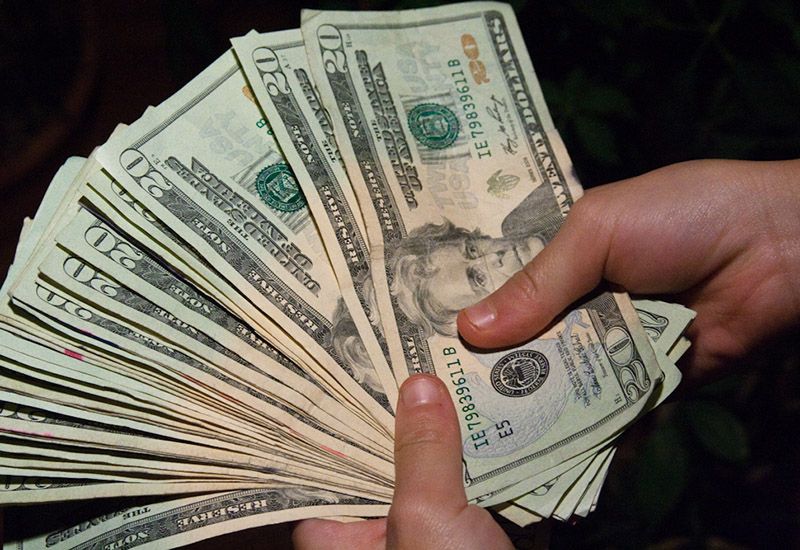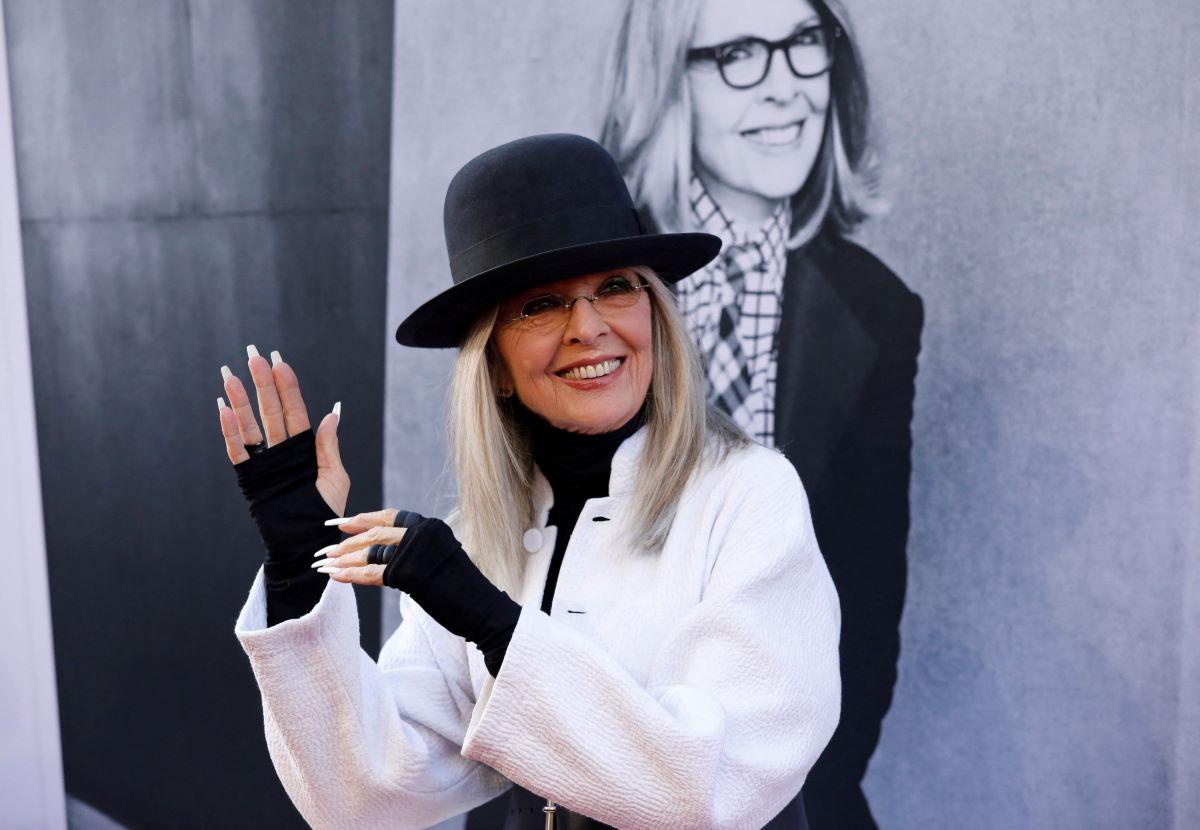
Diane Keaton, a name synonymous with quirky charm, undeniable talent, and an inimitable sense of style, left an indelible mark on Hollywood and our hearts. The Oscar-winning star, celebrated for her roles in films like “Annie Hall,” “The Godfather” films, and “Father of the Bride,” possessed a vibrant manner and depth that made her one of the most singular actors of her generation. Her recent passing at 79 has brought a wave of tributes, reminding us not only of her cinematic brilliance but also of the rich, complex tapestry of her personal life, especially her high-profile Hollywood romances that often mirrored the captivating stories she brought to the screen.
What truly set Diane apart, beyond her iconic “La-dee-da, la-dee-da” phrasing or her pioneering gender-nonconforming fashion, was her approach to love and relationships. She navigated the often-turbulent waters of celebrity pairings with a refreshing candor, forming deep connections that, even when romantic chapters closed, often evolved into enduring friendships and creative partnerships. It’s a testament to her unique spirit that some of her most significant relationships, particularly with fellow titans like Woody Allen, Al Pacino, and Warren Beatty, became as legendary as her filmography itself.
Today, we’re taking a deep dive into these fascinating connections, exploring the passion, the creativity, and the unwavering bond that defined Diane Keaton’s great Hollywood romances. These weren’t just fleeting dalliances; they were relationships that shaped her, and in turn, shaped some of the most iconic moments in cinematic history. Get ready to revisit the stories behind the headlines, as we celebrate a woman who lived and loved on her own unapologetic terms.
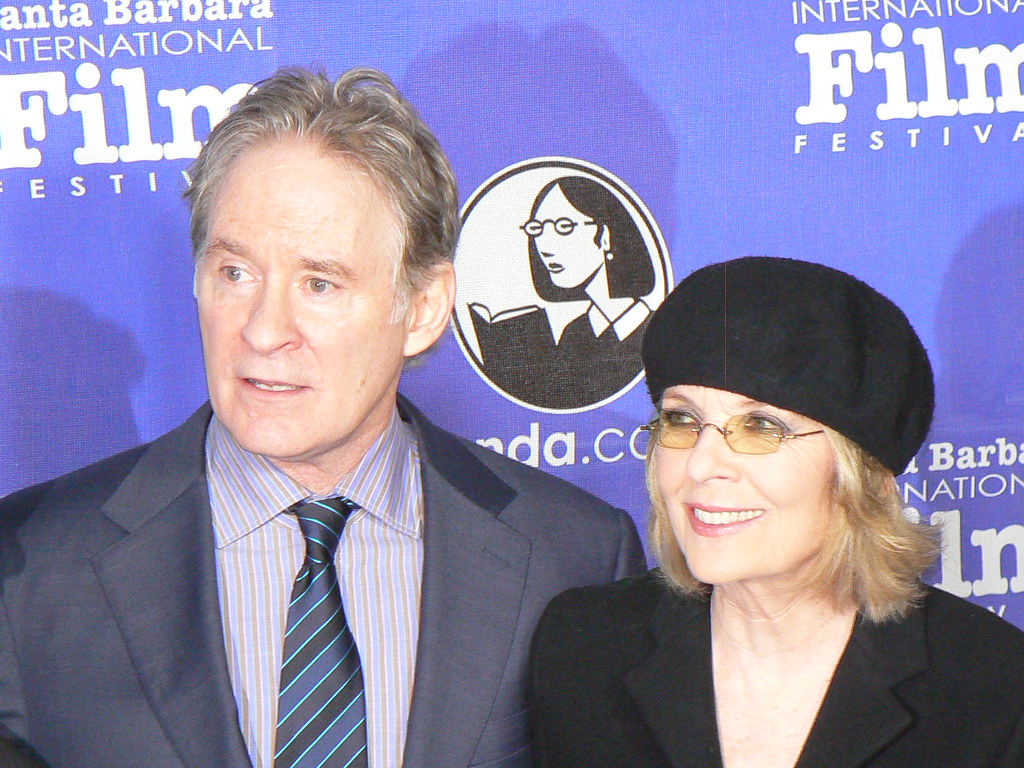
1. **The Beginning with Woody Allen: A Creative and Romantic Spark**Diane Keaton’s journey into the spotlight, and into one of her most significant romantic and professional partnerships, began with Woody Allen. Their story started in 1968 when she auditioned for his play, “Play It Again, Sam.” It was an encounter that would ignite a romance lasting until about 1974, but more importantly, it sparked a collaboration that would define a golden era of cinema and cement her status as a star.
She described him in her memoir with a vivid warmth: “He was so hip, with his thick glasses and cool suits.” But it wasn’t just his style that captivated her. “It was his manner that got me, his way of gesturing, his hands, his coughing and looking down in a self-deprecating way while he told jokes.” This description paints a picture of a man who both intrigued and charmed her, setting the stage for a relationship built on intellectual and artistic synergy.
Their early collaborations were foundational. After her start as an understudy in “Hair” on Broadway, she starred in Allen’s “Play It Again, Sam” in 1968, earning a Tony nomination. Her film debut came in 1970, but it was her work with Allen throughout the 1970s that truly launched her. They appeared in a string of films together, including “Sleeper,” “Love and Death,” “Interiors,” and “Manhattan,” showcasing a comedic and dramatic chemistry that was undeniable.
Their shared history wasn’t just behind the scenes; it was on full display in their work. Their ability to translate their real-life connection into compelling on-screen dynamics was a rarity. This early period was crucial, not only for Keaton’s burgeoning career but for establishing a unique rhythm and understanding between two artists that would resonate for decades, long after their romantic chapter had closed.
Their mutual respect and admiration were clear, even as their personal relationship evolved. This initial romantic spark between Keaton and Allen provided the fertile ground for creative magic, laying the groundwork for what would become one of the most celebrated actress-director pairings in film history. It was a partnership that flourished on and off-screen, shaping a significant part of Keaton’s early legacy.
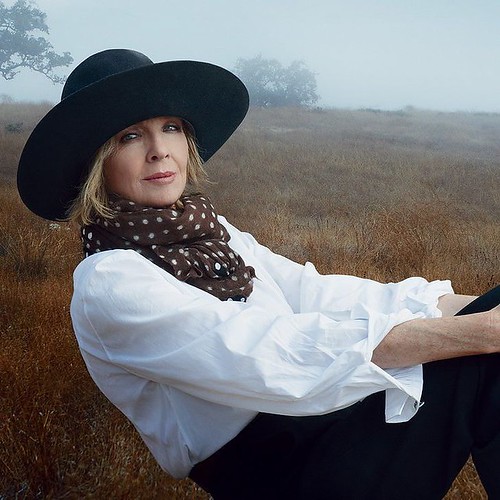
2. **The “Annie Hall” Era: Love, Laughter, and an Oscar**The zenith of Diane Keaton’s romantic and creative partnership with Woody Allen undoubtedly arrived with the 1977 masterpiece, “Annie Hall.” This film, often hailed as one of the greatest romantic comedies of all time, didn’t just win hearts and Oscars; it captured the essence of Keaton’s unique appeal and immortalized her as a cultural icon, complete with her unforgettable sense of style.
In “Annie Hall,” Keaton portrayed the infectious, self-deprecating titular character, a woman from Chippewa Falls whom Allen’s Alvy Singer simply couldn’t get over. The role felt so intrinsically linked to Keaton that even she acknowledged parallels between Annie Hall and her own life, though she was quick to downplay them. “My last name is Hall. Woody and I did share a significant romance, according to me, anyway,” she wrote, adding, “I did want to be a singer. I was insecure, and I did grope for words.” These candid admissions highlight the deeply personal connection she felt to the character, making her portrayal incredibly authentic.
The film’s success was monumental, and Keaton’s performance earned her an Academy Award for Best Actress in 1978. Upon accepting her Oscar, in her very Keaton way, she laughed and said, “This is something.” That simple, understated remark perfectly encapsulated her unpretentious charm and genuine surprise at the recognition. Critic Vincent Canby of The New York Times lauded her, writing, “As Annie Hall, Miss Keaton emerges as Woody Allen’s Liv Ullman. His camera finds beauty and emotional resources that somehow escape the notice of other directors. Her Annie Hall is a marvelous nut.”
“Annie Hall” also famously introduced filmgoers to Keaton’s matchless and gender-nonconforming sense of style – immediately identifiable by her use of men’s slacks, vests, and hats. Decidedly ahead of her time from a fashion perspective, Keaton maintained a commitment to this sartorial mix well into her older years. This style became as iconic as her performance, cementing her influence beyond just acting and into the broader cultural landscape.
This era wasn’t just about an Oscar or a fashion trend; it was about a moment where a real-life romance blossomed into unparalleled creative brilliance, resulting in a film that resonated deeply with audiences and critics alike. The chemistry between Keaton and Allen, fueled by their past and present connection, made “Annie Hall” a timeless classic and showcased Keaton’s extraordinary ability to inhabit a role that felt both deeply personal and universally relatable.
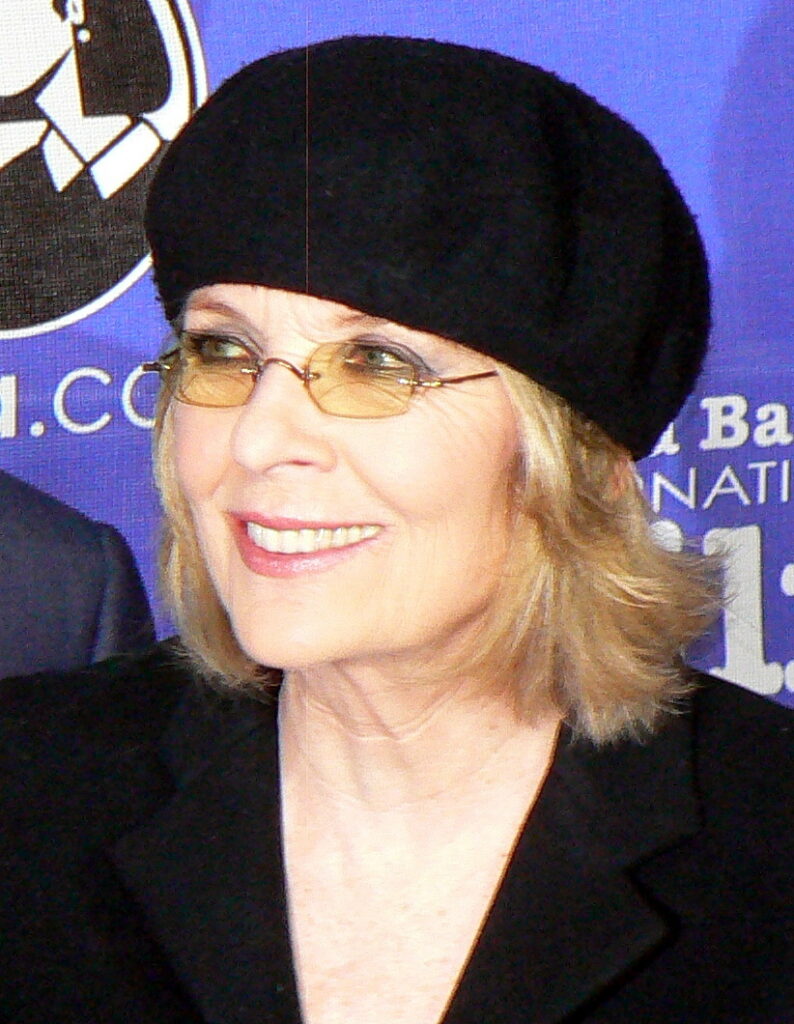
3. **A Lasting Friendship: Woody Allen Beyond Romance**While Diane Keaton and Woody Allen’s romantic relationship concluded around 1974, their story was far from over. What truly distinguished their connection was its remarkable evolution into a lifelong friendship and an enduring professional collaboration. This ability to transition from lovers to deeply respected colleagues speaks volumes about the unique bond they shared, a bond rooted in mutual admiration and a profound understanding of each other’s artistic sensibilities.
Even after their romance ended, they remained frequent collaborators and close friends. This commitment to their artistic partnership led to more celebrated films together. Keaton continued to appear in Allen’s projects, including “Radio Days” in 1987 and “Manhattan Murder Mystery” in 1993, showcasing that their creative wellspring was independent of their romantic status. Their ability to work together effectively, even after a significant personal history, is a rare feat in Hollywood.
Woody Allen, reportedly, was extremely distraught by the news of her death, a source close to him told People, stating, “He is extremely distraught and surprised and upset.” This reaction underscores the deep and lasting emotional impact Diane had on him, years after their romantic involvement. It highlights the profound connection that transcended the boundaries of a typical relationship, solidifying their status as soulmates in a broader, non-romantic sense.
In 2017, when Keaton was honored with the AFI Life Achievement Award, Woody Allen himself greeted her onstage. This moment was a poignant public display of their enduring friendship and mutual respect. It wasn’t just a professional courtesy; it was a reunion of two individuals whose lives had been inextricably linked, both personally and artistically, for decades.
Their story serves as a powerful example that love, in Hollywood and beyond, can take many forms. For Diane Keaton and Woody Allen, their romance evolved into something perhaps even more profound: a steadfast friendship and a creative alliance that continued to enrich both their careers and the cinematic landscape. It’s a testament to the depth of their connection that even after their romantic chapter closed, the respect, affection, and creative spark remained vibrant and undeniable.
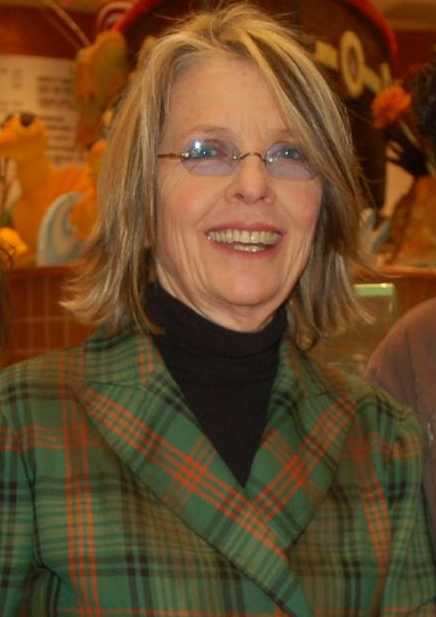
4. **The Intense Connection with Al Pacino: A Decade of On-Again, Off-Again Romance**After her foundational partnership with Woody Allen, Diane Keaton found herself entwined in another powerful Hollywood romance, this time with her “The Godfather” co-star, Al Pacino. Their on-screen chemistry as Kay Adams and Michael Corleone was not merely cinematic; it was a palpable force that spilled over into a real-life connection. This relationship, marked by its intensity and a decade-long duration, became one of the most talked-about pairings in an era defined by iconic stars.
Keaton herself often alluded to the depth of their bond, even when discussing her character Kay. She famously stated that she “never related to” the role, yet she “savored memories of acting with Al Pacino.” This subtle distinction speaks volumes about the personal connection that existed beyond the script, highlighting a shared experience that left a lasting impression on her. It was a relationship that, despite its on-off nature, held significant meaning for both of them.
Their professional collaboration on “The Godfather” trilogy undoubtedly served as fertile ground for their personal romance. As audiences worldwide watched the dramatic evolution of Kay Adams-Corleone grappling with her husband’s increasingly dark path, Keaton and Pacino were navigating a complex relationship off-screen. This intermingling of their professional and personal lives created a unique dynamic, a testament to the powerful connections Keaton often forged within her artistic world.
Photographs from their time together, whether candid shots on set or more formal appearances in public, always captured a tangible sense of their deep engagement and shared history. From the groundbreaking success of “The Godfather” in 1972, which solidified Keaton’s status as a leading lady, to images of them still connected in 1989, their bond was a consistent, if sometimes tumultuous, thread in her romantic narrative. This consistent presence underscored the profound impact they had on each other.
The intensity of their bond and its enduring nature for “about a decade” made it a truly significant chapter in Diane Keaton’s life. It wasn’t just a fleeting dalliance but a substantial and emotionally charged romance that mirrored the captivating stories she brought to the screen. Their connection reflected Keaton’s unwavering desire for depth and meaning in her relationships, even when those relationships took on an unconventional, on-again, off-again rhythm.
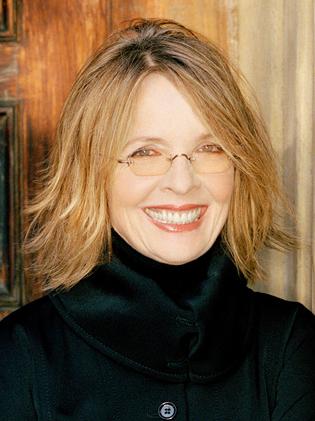
5. **The Artistic Alliance with Warren Beatty: Passion, Politics, and “Reds”**Diane Keaton’s journey through Hollywood’s romantic landscape continued with another legendary figure: Warren Beatty. Their relationship, which blossomed in 1979, was powerfully intertwined with one of her most acclaimed films, the 1981 epic “Reds.” This was more than just a romance; it was an artistic alliance where Beatty not only starred alongside Keaton but also took on the roles of director, producer, and co-writer, creating a truly immersive and collaborative experience.
“Reds,” an ambitious historical drama about American journalist and socialist activist John Reed, provided Keaton with a magnificent platform to exhibit her profound dramatic talents. Her portrayal of Louise Bryant, Reed’s fiercely independent partner—a journalist, suffragist, and feminist—earned her a third Academy Award nomination. This role cemented her versatility, showing audiences and critics alike that her brilliance extended far beyond the comedic nuances she often brought to Woody Allen’s films.
The sheer scale and critical success of “Reds” were monumental, securing multiple Oscar nods and becoming a cultural touchstone. The intensity of their shared creative endeavor, working so closely on such a challenging and significant project, undoubtedly fueled their personal connection. Their ability to channel that real-life passion into their on-screen performances brought a raw authenticity to the film that resonated deeply with viewers.
While their passionate romantic relationship reportedly concluded around the time of the film’s grand premiere, the collaborative spirit and personal bond they forged during “Reds” left an indelible mark on both their careers. It exemplified Keaton’s unique tendency to form significant connections within her professional sphere, where love and work often became beautifully, if sometimes fleetingly, intertwined. This ability to integrate her personal life with her artistic pursuits was a hallmark of her approach to Hollywood.
Their time together, though a distinct chapter, was profoundly impactful due to the magnitude of their joint project and the emotional investment it demanded. Like her relationships with Allen and Pacino, her connection with Warren Beatty showcased his deep capacity for partnership, whether romantic or creative, proving once again that Diane Keaton lived and loved on her own unapologetic terms, always seeking profound engagement in every aspect of her life.
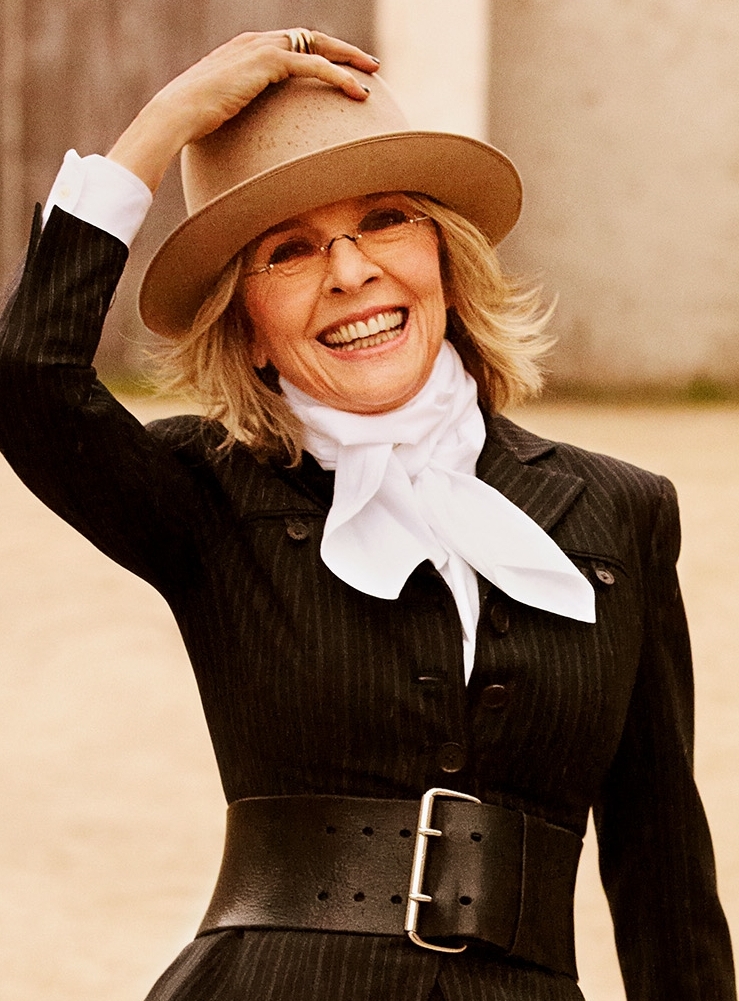
6. **An Unapologetic Independent Spirit: Why Diane Keaton Never Married**Despite her high-profile romances with some of Hollywood’s most charismatic leading men—Woody Allen, Al Pacino, and Warren Beatty—Diane Keaton famously never married. Her decision to remain single was a conscious one, deeply rooted in her independent spirit and reflections on her own mother’s life. She offered candid insights into her reasoning, revealing a thoughtful and resolute approach to her personal freedom.
Keaton attributed her choice to her mother, saying, as she did in a 2021 piece for Interview, “most everything does.” She observed her mother, who “had four kids, and I was the firstborn,” and saw “how much she gave up.” This observation led to a profound realization for Keaton: “I feel like she chose family over her dreams. And she was just the best mother, but I think that she is the reason why I didn’t get married. I didn’t want to give up my independence.” Her commitment to her own path was clear.
Her memoir, “Then Again,” further illuminated her perspective. She wrote, “I figured the only way to realize my number-one dream of becoming an actual Broadway musical comedy star was to remain an adoring daughter. Loving a man, a man, and becoming a wife, would have to be put aside.” This statement underscores a deep-seated ambition that she felt marriage might compromise, revealing a prioritization of her artistic dreams and personal autonomy.
With her characteristic humor, Keaton also offered a more lighthearted, yet equally telling, reason for her marital status. She confessed, “By the way, no one has ever asked me to marry them, either, so that might be a good answer. I should’ve started with that and called it a day.” This playful admission, while witty, doesn’t diminish the sincerity of her deeper, more personal reflections on independence and the pursuit of her dreams. She truly embraced living happily as a single woman, forging a life on her own terms.
She considered whether she could have made a lasting commitment to the men she loved, writing, “Hard to say. Subconsciously I must have known it could never work, and because of this they’d never get in the way of achieving my dreams.” This poignant reflection suggests an innate understanding of her own needs and boundaries, ensuring that her romantic relationships, while cherished, never overshadowed her profound sense of self and purpose.
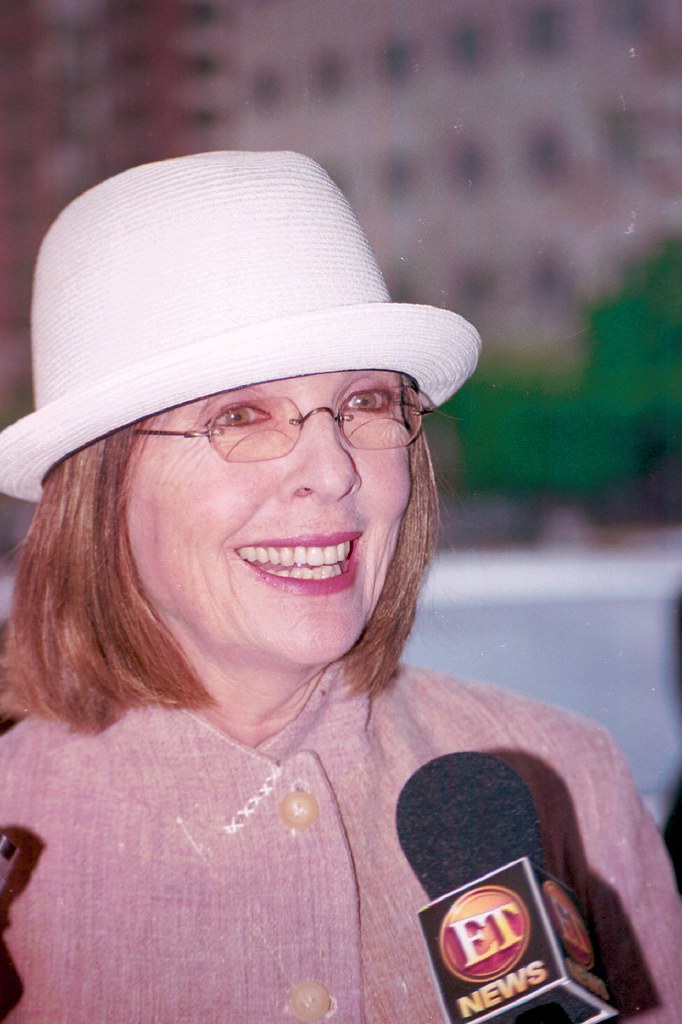
7. **The Heartfelt Journey to Motherhood: Dexter and Duke**While Diane Keaton chose a path divergent from traditional marriage, she wholeheartedly embraced another profound role later in life: motherhood. In her 50s, she adopted two children, a daughter named Dexter in 1996 and a son named Duke in 2001, embarking on a journey that would redefine her world and bring her immense joy and a new dimension of love.
Becoming a mother was a deeply considered decision for Keaton, rather than an impulsive one. She candidly shared her thoughts in a 2008 interview with Ladies’ Home Journal: “I didn’t think that I was ever going to be prepared to be a mother. Motherhood was not an urge I couldn’t resist, it was more like a thought I’d been thinking for a very long time. So I plunged in.” This reveals a thoughtful approach to such a significant life change, indicative of her mature and deliberate nature.
Motherhood, naturally, brought with it a shift in her perspective and priorities. In a 2005 interview with Life Magazine, Keaton spoke openly about the new landscape of worry that accompanies parenting. She said, “The shocking thing is that I worry differently now. Before kids, if I worried, it was only about myself, but that’s all you do is worry as a parent. It’s rule number one in parenting: secretly worry without letting the kids know you’re worried.” This honest reflection captures the universal truth of parental concern, adding another layer to her relatable celebrity persona.
Despite the worries, her children, Dexter and Duke, became the center of her universe. Images of her with them, such as a 2017 picture where “Keaton, who never married, is pictured with her children, Duke and Dexter,” showcase the deep bond she shared with them. They were present as she “cemented” her legacy with a hand and footprint ceremony outside the TCL Chinese Theatre in Los Angeles in 2022, a testament to their integral role in her later life.
Keaton’s journey into motherhood in her 50s profoundly illustrates her independent spirit and her unwavering commitment to living life on her own terms. She created a family that was perfectly tailored to her unique desires, proving that there are many paths to fulfillment and that love, in its most profound forms, can arrive at any stage of life, shaping and enriching one’s existence in unexpected and beautiful ways.
As we reflect on Diane Keaton’s extraordinary life, from her quirky charm and iconic style to her groundbreaking roles and legendary romances, one thing remains crystal clear: she was a true original. Her ability to forge deep, meaningful connections, whether romantic or platonic, and to unapologetically define her own path, made her a singular figure in Hollywood history. She taught us that love, career, and family can all thrive, even if not in the conventional order, reminding us to live with authenticity, passion, and a dash of that inimitable Keaton magic. She will forever be remembered not just for the films she made, but for the vibrant, independent spirit she embodied, inspiring us all to embrace our own unique stories.

